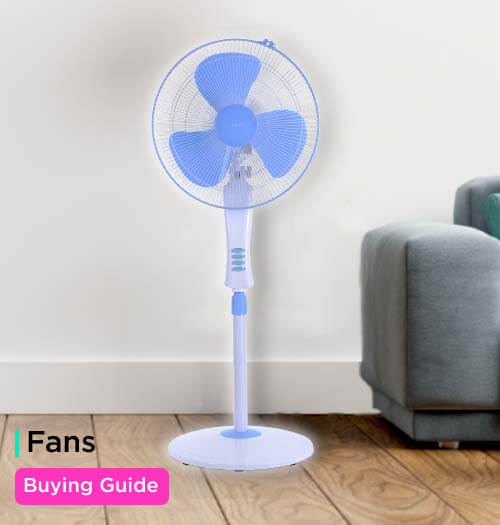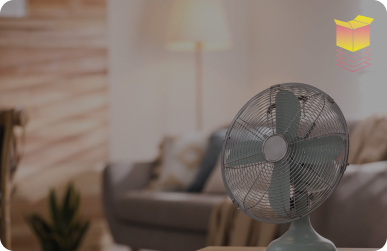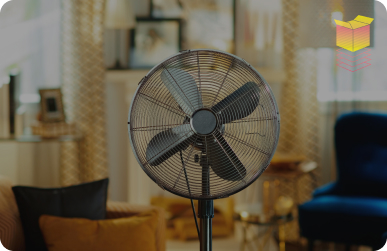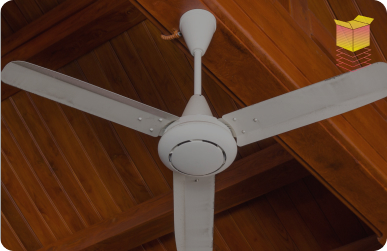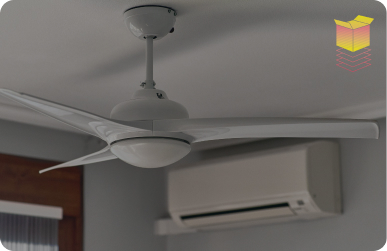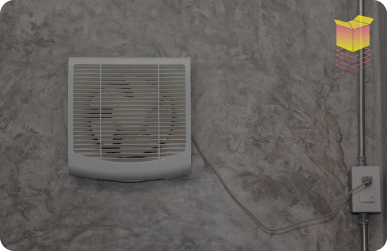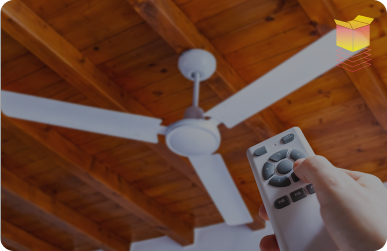What factors should you consider when buying a ceiling fan?
The most common type of fans, ceiling fans, are available in various sizes and styles. This means they adapt to different room sizes and decor preferences seamlessly.
Room Size (sq.ft) :
Under 50
Room Type :
Puja room, balcony, bathroom, walk-in closet
Recommended fan size (inches) :
24-36
Recommended fan sweep (mm) :
600-900
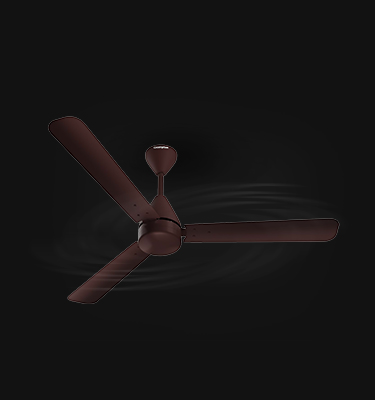
Room Size :
50 to 75
Room Type :
Kitchen, study room, single bedroom, office room
Recommended fan size (inches) :
36-42
Recommended fan sweep (mm) :
900-1050
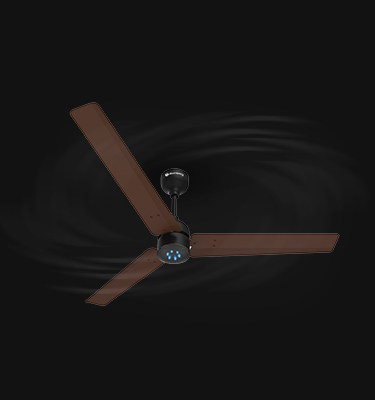
Room Size :
75 to 160
Room Type :
Dining room, living room, large bedroom
Recommended fan size (inches) :
42-48
Recommended fan sweep (mm) :
1050-1200
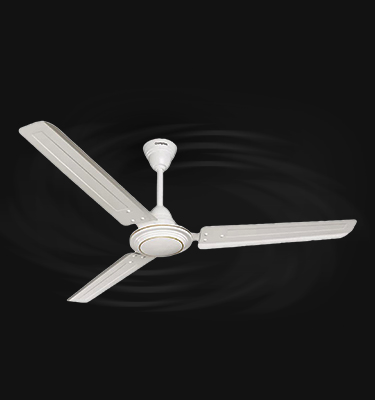
Room Size :
160 to 250
Room Type :
Hall, master bedroom, large office space
Recommended fan size (inches) :
48-54
Recommended fan sweep (mm) :
1200-1400
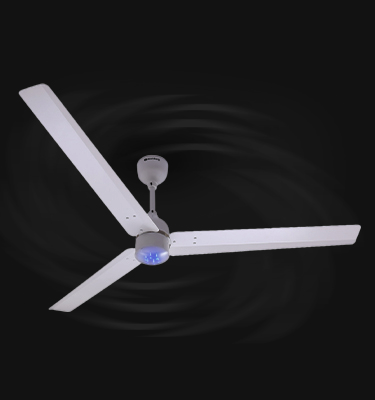

The smaller the fan, the more forceful the airflow is right beneath it. A larger fan distributes the air better and makes it feel more like a gentle breeze.
Motor
The motor of a fan determines its performance and is a key consideration when choosing a fan. While small, inexpensive motors can get unstable over time, modern motors like Brushless Direct Current (BLDC) motors offer long-lasting, durable performance. BLDC fans also generate minimal noise and consume less energy than their counterparts.

Height
It is essential to note the height of the fan above the floor to ensure you get an optimal cooling experience. A height of 8 to 9 feet off the ground is generally recommended for maximum airflow and cooling. For users with height ceilings, a down-rod is a good option to adjust the height of the fan.


Choosing the right height is important. Remember, the job of a ceiling fan is not to cool but to create a pleasant breeze. So, if it’s positioned too high, you won’t feel the airflow.
Blades
Previously, the number of blades and the material they are made of would have a significant impact on the fan’s performance. However, with technological developments, choosing the number of blades on a fan is more about personal choice than function.
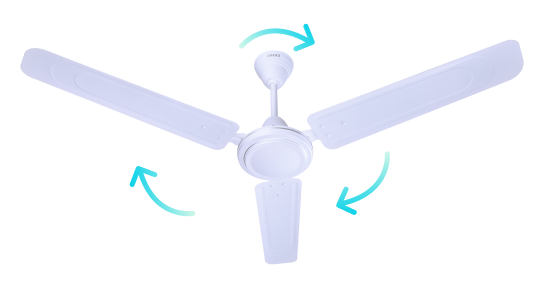
Performance
There are various parameters you can consider to assess the performance of a fan.
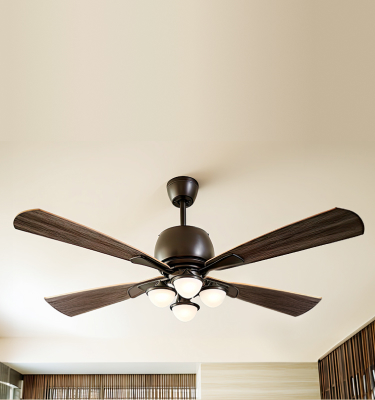

While important, CMM, RPM, and wattage aren’t the only factors that determine a fan’s performance. Fan design, blade shape, and motor type all play a role in how effectively the fan moves air. For example, a well-designed fan with lower CMM/RPM/wattage might outperform a powerful but inefficient one.
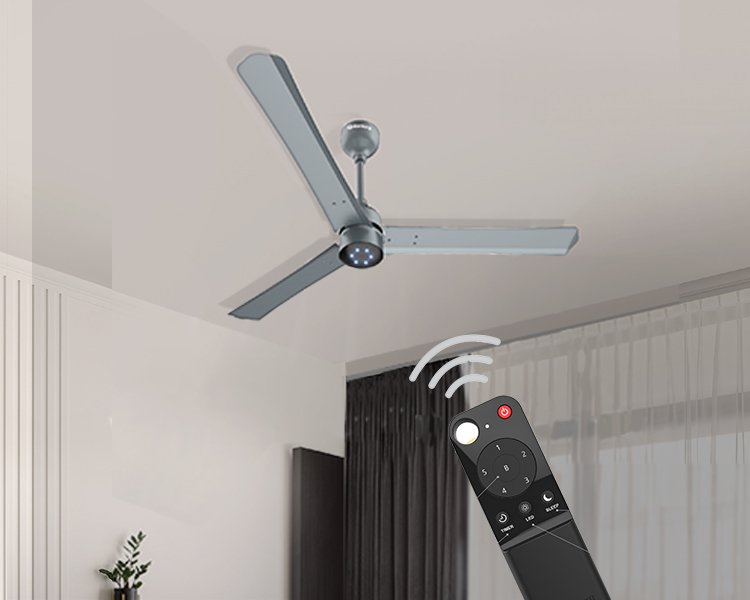
Smart Features
Several fans can be controlled via a remote control or even be connected to your WiFi or other smart home devices. This smart home compatibility makes it convenient to operate the fans. You can switch them on/off and control their speed without having to move from where you are.
What factors should you consider when buying a wallmount fan?
Wall mount fans, as the name suggests, are fans that are directly mounted onto a wall instead of being placed on a table or installed on the ceiling. They are generally used in areas where floor space is limited or ceiling installation is not feasible.
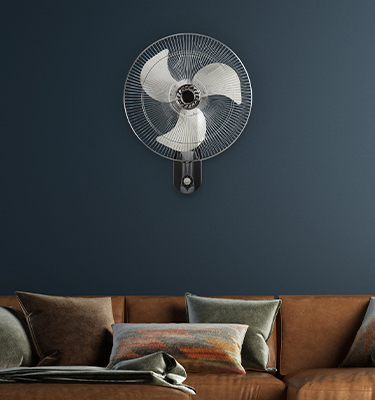
What factors should you consider when buying a pedestal fan?
Mounted on a tall stand known as a pedestal, these are powerful, large fans that can cool rooms fast. These fans provide more powerful airflow than compared to table fans and tower fans.
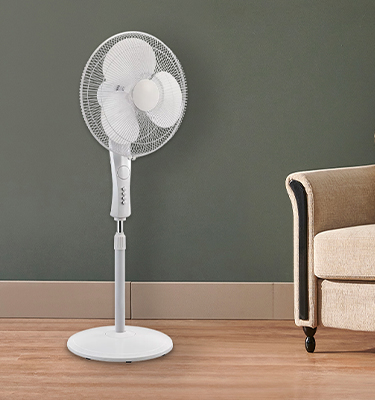
What factors should you consider when buying a tower fan?
Tower fans contain multiple rotating units with a tower-like appearance. This generates a vertical column of breeze. Tower fans have a space-saving design and lesser energy consumption than traditional fans.
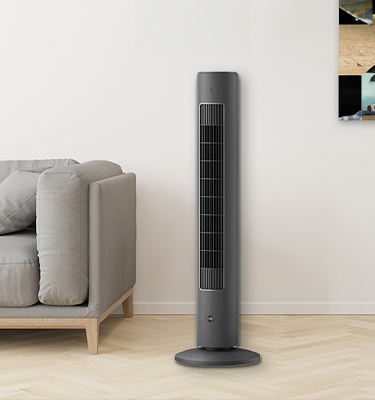
What factors should you consider when buying a table fan?
Table fans are built to be compact, powerful, and efficient cooling solutions which can be placed on tables or any flat surface. The key characteristic of these fans is their portability, allowing them to be easily transported from one room to another.
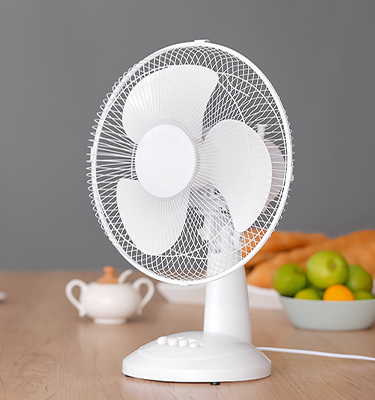
What factors should you consider when buying an exhaust fan?
Featuring powerful motors, these fans expel hot air and help to eliminate smoke and unwanted odour from places where there is little or no ventilation such as the kitchen and bathroom.
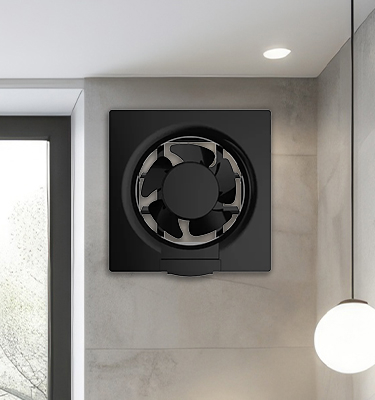
Want to know more?
Read it on Unboxed by Croma
